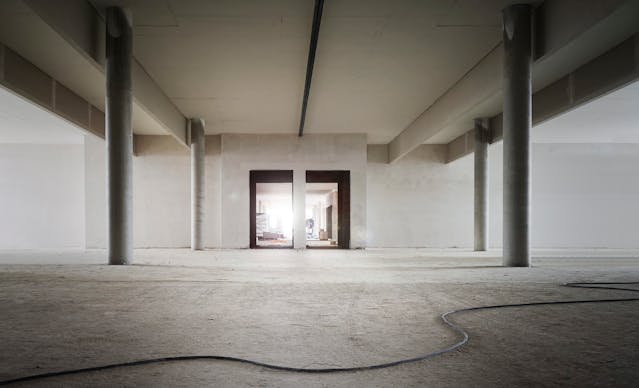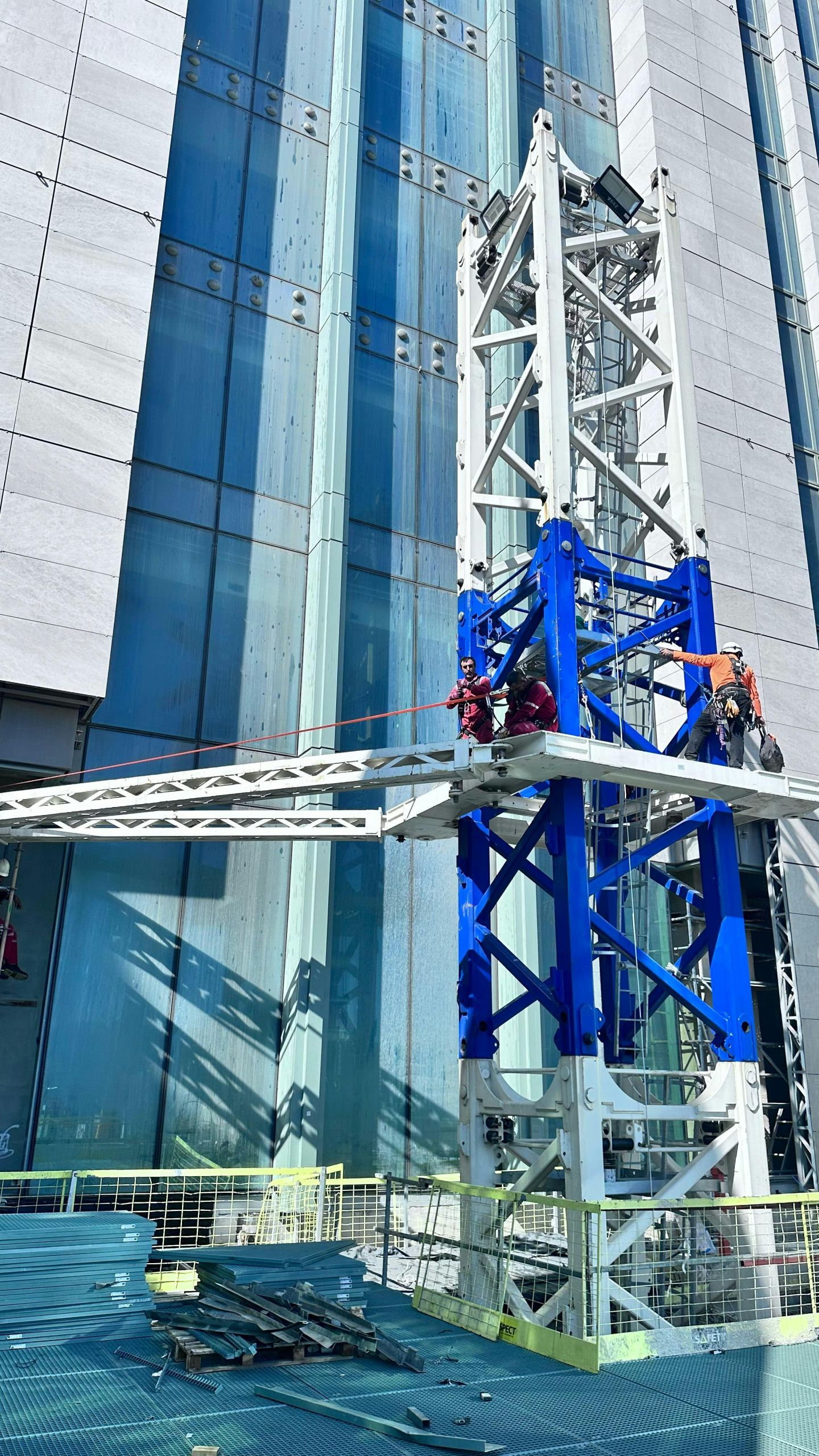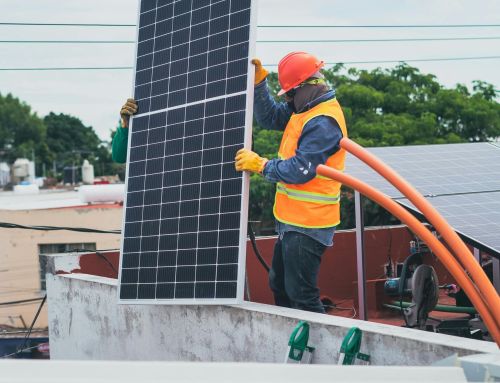Right, so you’re thinking about the electrics in your new build? Good on you! It’s not just about having the lights come on when you flick a switch; it’s about safety, efficiency, and making sure everything’s up to the mark. We’re going deep into the intricacies of electrical installation of a building, and trust me, it’s a bit more involved than meets the eye!
Planning Makes Perfect: The Blueprint of Your Electrics
Before a single wire is threaded, it all kicks off with a solid plan. This is where the electricians put their heads together with the architects and builders to map out the entire electrical landscape. Think of it as the blueprint for your electrics, covering everything from:
Load Calculation
Figuring out just how much power your building will demand. This ensures you’ve got enough juice for all your gadgets without overloading the system and causing a blackout.
Circuit Design
Dividing your electrical system into distinct circuits for different areas and appliances. This is paramount for safety, preventing a domino effect where one faulty appliance plunges an entire floor into darkness.
Socket and Switch Placement
Nobody fancies crawling under desks or behind furniture to plug things in! This stage is all about practicality and convenience, ensuring your sockets and switches are right where you need them.
Lighting Layout
Where do you envision your lights casting their glow? What kind of ambience are you aiming for? This is where you can get creative with spotlights, downlights, and all sorts of illuminating wizardry to set the mood.
Wiring: The Unsung Heroes Behind Your Walls
Now for the real nitty-gritty – getting those wires where they need to be. This stage, typically happening in tandem with the main construction, is like laying the veins and arteries of your building’s electrical system. It involves:

Conduit Installation
Creating safe and organised pathways for your wires to run through, usually concealed within walls, ceilings, or floors. This keeps things tidy, protected, and compliant with building regulations.
Wiring
This is where the electricians work their magic, carefully pulling the cables through the conduits, connecting them to junction boxes, and ensuring everything is meticulously labelled and colour-coded. It’s precise and detailed work, but absolutely crucial for safety and future maintenance.
Earthing and Bonding
Safety first! This crucial step involves creating a safe path for electricity to flow to the ground in the event of a fault. Think of it as a safety net, preventing nasty electric shocks and keeping you safe from harm.
Installation: Flipping the Switch on Functionality
With the wiring in place, it’s time to breathe life into your electrical system! This stage is all about fitting the components that transform your building from a shell into a functional and comfortable space:
Switchboard Installation
The beating heart of your electrical system, the switchboard distributes power to different circuits and houses essential safety devices like circuit breakers and RCDs, ready to spring into action if anything goes amiss.
Socket and Switch Fitting
Remember all that careful planning about socket and switch placement? Now’s the time to put those plans into action, fitting those outlets and switches so you can power up your devices and control your lights with ease.
Lighting Fixture Installation
From elegant pendants to practical downlights, this is where your lighting design truly shines. The electricians will install your chosen fixtures, creating the desired ambience for each space, whether it’s a cosy living room or a brightly lit kitchen.
Inspection and Testing: No Room for Error
Just because everything appears to be in order doesn’t mean it’s ready to go. Before you flick that switch, a qualified electrician will conduct rigorous inspections and tests to guarantee everything is safe, sound, and compliant with building regulations. This includes:

Visual Inspection
A thorough once-over, checking all wiring, connections, and components for any visible damage, loose connections, or installation errors.
Continuity Testing
This test ensures that the electrical circuits are complete and there are no breaks in the wiring, guaranteeing a smooth flow of electricity.
Your ConInsulation Resistance Testingtent Goes Here
This test verifies that the insulation surrounding the wires is intact and doing its job of preventing dangerous current leakage, which could lead to shocks or even fires.
Earth Fault Loop Impedance Testing
This test confirms that the earthing system is in tip-top shape and will function as intended, protecting against electric shocks by providing a safe path for fault currents to flow to the earth.
Residential vs. Commercial: Tailoring the Approach
While the fundamental principles of electrical installation of a building remain constant, the approach differs significantly between residential and commercial projects.
Electrical work in house construction tends to be on a smaller scale
- Lower power demands due to fewer appliances and occupants.
- Simpler wiring layouts with fewer circuits.
- Often a single-phase power supply is sufficient.
Stages of commercial electrical construction, however, demand a more robust approach
- Significantly higher power requirements to accommodate a wider range of equipment and machinery.
- More complex circuit designs to handle the diverse loads and ensure safety.
- Often require a three-phase power supply to handle heavy-duty equipment and machinery.
Imagine the headache of needing to rewire your entire house because you didn’t factor in enough power points during the planning stage – a nightmare scenario for any homeowner. That’s why getting the electrical installation right from the outset is absolutely crucial. And for Aucklanders, you know how important it is to have things built to last, especially with our unique weather conditions that can sometimes throw a curveball our way!
Leave it to the Experts: Peace of Mind Guaranteed
While this might sound like something you could tackle yourself after a few YouTube tutorials, electrical installation of a building is not a job for amateur enthusiasts. It demands specific knowledge, specialised skills, and the right tools for the job, not to mention strict adherence to safety regulations.
Choosing qualified and experienced electricians is paramount. They can guide you through the entire process, ensuring your electrical system is safe, efficient, and meets all the necessary standards. After all, you wouldn’t want to mess around with something as potentially dangerous as electricity, would you?
Prolectrix.com.nz with its base of operations in Auckland, offers a comprehensive range of electrical solutions tailored for both residential and commercial properties.
Conclusion
So you’ve had a glimpse into the electrical installation of a building. It’s a process that demands meticulous planning, expert execution, and rigorous testing to ensure a safe, efficient, and compliant electrical system.
Entrusting your project to qualified and experienced electricians, like the team at Prolectrix, gives you the peace of mind knowing that your electrical system is in safe hands. They’ll navigate the complexities, adhere to the regulations, and deliver a top-notch installation that will power your property for years to come. Because when it comes to electricity, it’s always better to be safe than sorry.





